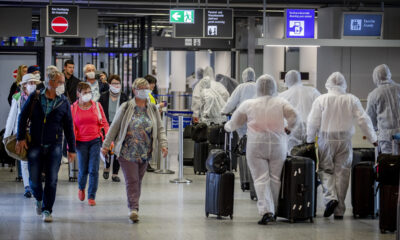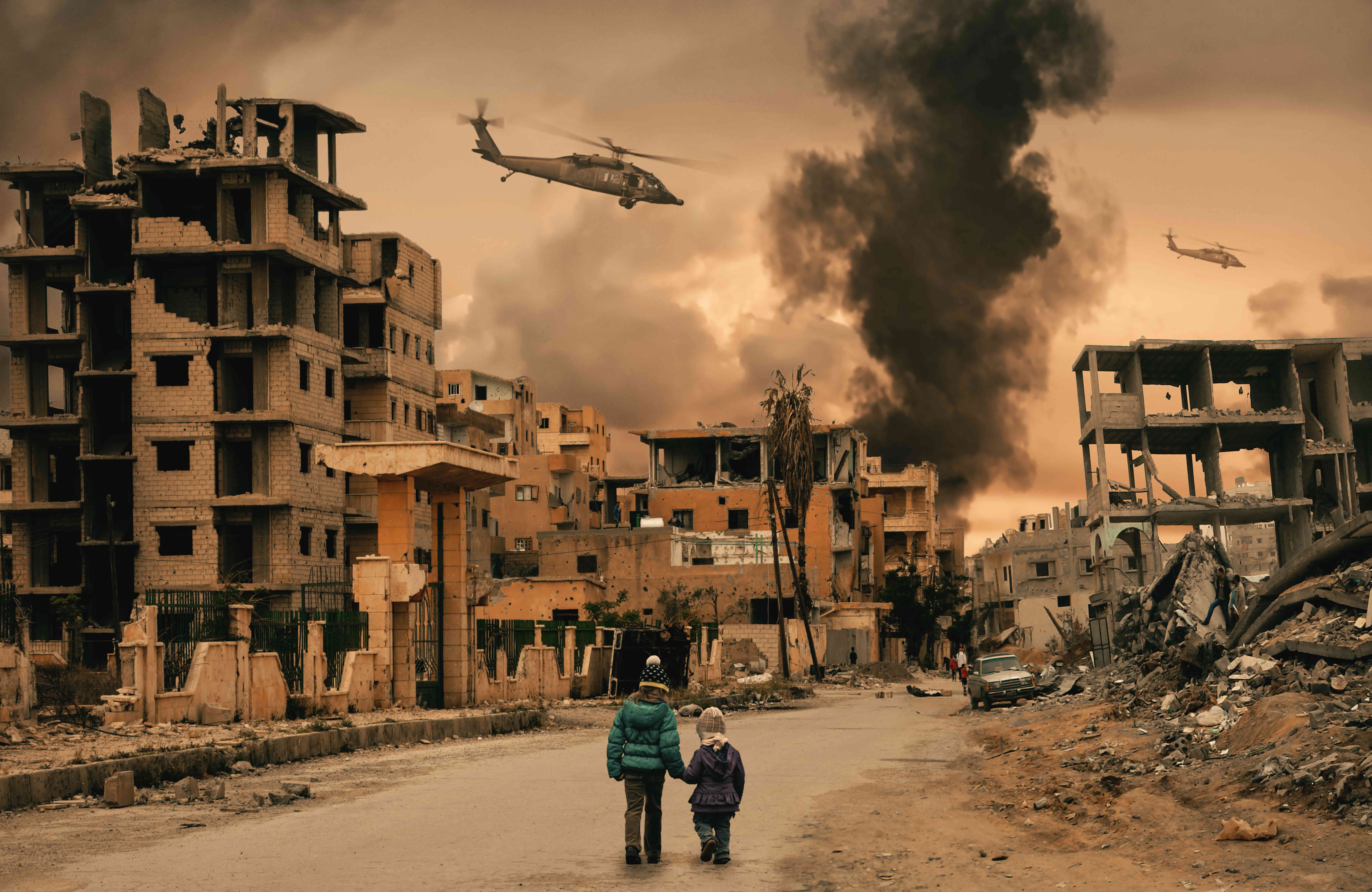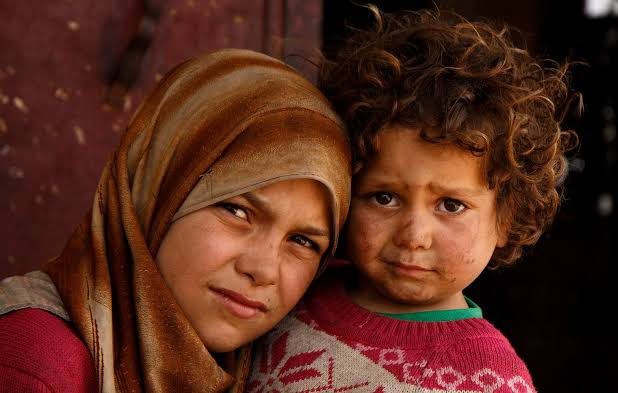Insights
Humanity Ablaze
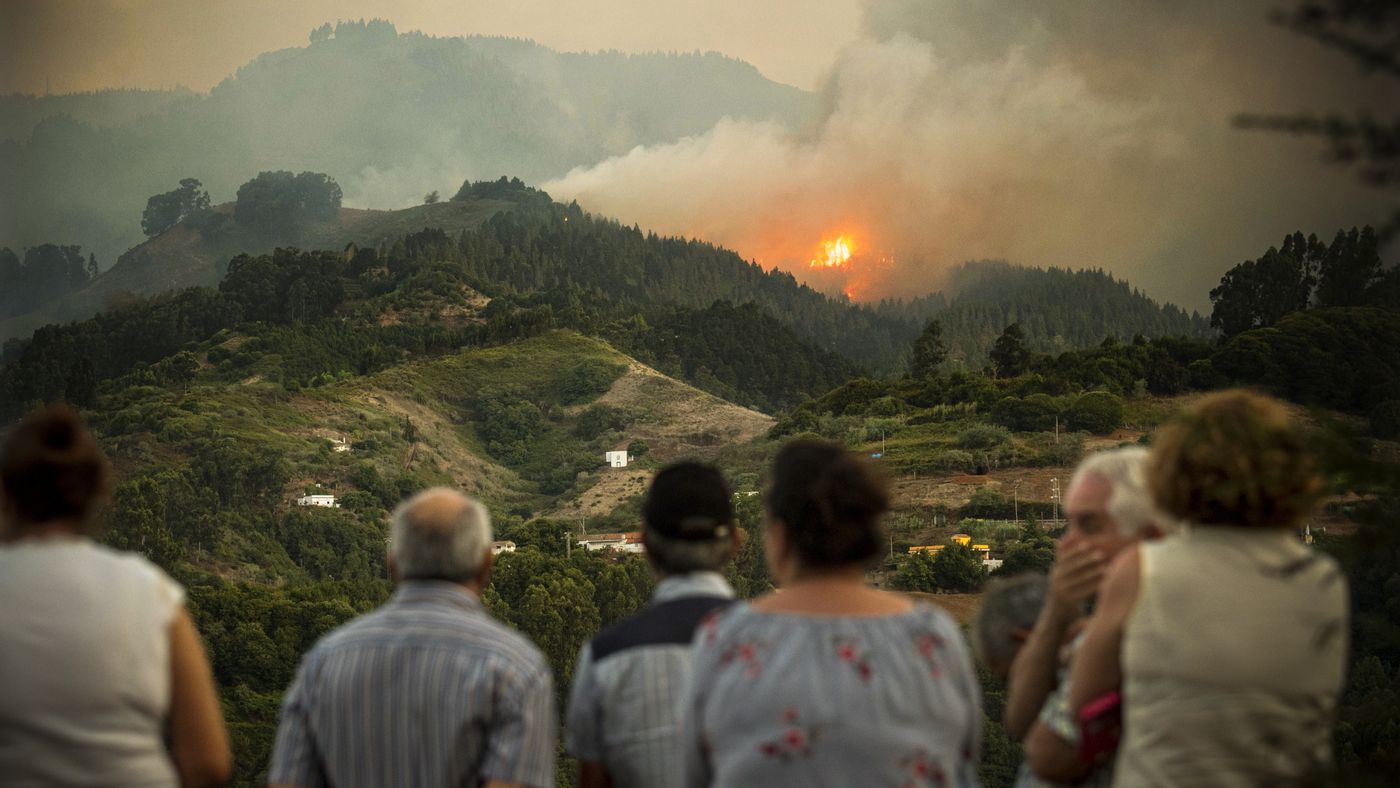
Notre Dame: Humanity tested
“Tonight, Notre Dame, one of the oldest and most iconic structures in Paris, is burning out of control [….] Across the Paris skyline, at first the smoke could be seen pillaring through the roof, then the flames; within moments, the roof of the more than 800-year-old cathedral was completely engulfed [….] Crowds streamed into Paris streets and squares, watching in shock [….] The flames rapidly grew upward into the more than 150-year-old wooden spire, burning through the structure, until it began leaning and eventually collapsed into the main sanctuary.” – Brian Todd, CNN correspondent
“O’ Notre Dame,” I said, or perhaps one might believe then I was praying for deliverance from the horror of seeing the breath taking cathedral, which was consecrated to the Virgin Mary, being devoured by fire.
Shortly after the soul-devastating conflagration, Pope Francis offered his condolences to France, saying that he was praying for Catholics and Parisians alike, who should have been feeling more acutely the anguish of seeing the lead-sheathed 300-foot spire dwindling in flames.
However, many people across the world had, for a moment, felt that one relic of human history was lost, a feeling of loss that is reminiscent of the profound sorrow and shock that gripped us when the two towers of the World Trade Centre were collapsing in 2001. A sense of fragility and vulnerability caught us, while witnessing one of the world’s most recognisable architectural masterpieces ruined by fire.
Perhaps, this lies in the fact that Notre Dame provided us with a sense of resilience. The great cathedral’s gothic edifice is one of the most recognisable facades in Western architecture, survived through ages; its 750-ton spire stood all along during the French Revolution, World War II, and other events that shaped today’s collective conscience. It was throughout time a reminder that humanity will always survive the darkest of days; but in less than two hours, major parts of the building turned orange.
Although the fire consumed much of the building’s lead and oak roof, a large part of its wooden rib-vaulted ceiling, and many of its rose windows, some other parts of the cathedral, including iconic stained-glass windows, familiar gargoyles, and some precious relics, were rescued from the damage.
Now, seven months after this grave loss, one can still find solace in the fact that the cathedral made all the differences melt away, if only for a little while; sorrow struck us all, transcending all borders, religions, and beliefs. Even if the Notre Dame Cathedral endured severe damage, we can still be sure that we are bound by something common, something that united us in mourning the 850-year-old world heritage landmark in flames as well as in vowing to rebuild it.
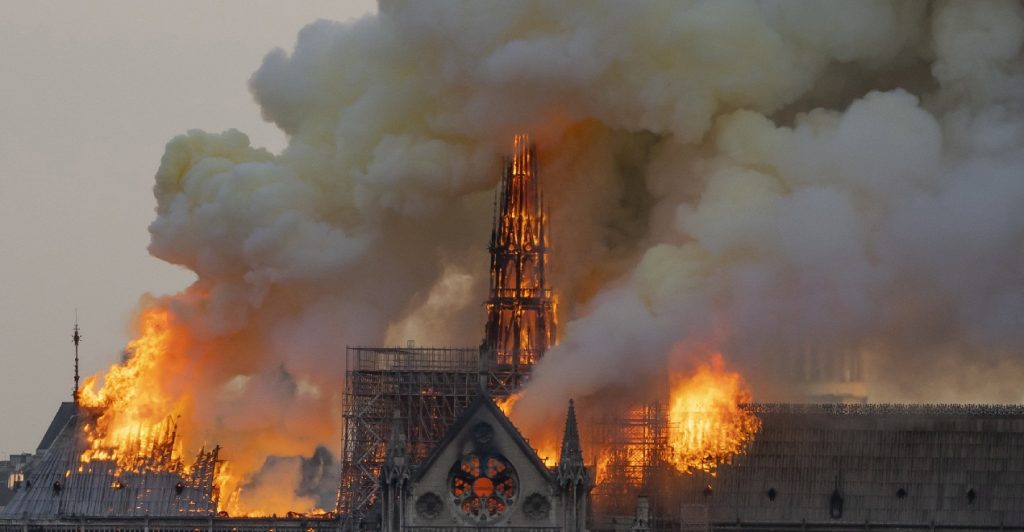
Amazon fires: Is our world dying?
The Amazon forest fire was another catastrophe that plagued our planet. Such wildfires are not a new phenomenon, as they have been practiced by tropical farmers since many years. Nevertheless, the reoccurrence of such wildfires nowadays with the substantial calls for adopting eco-friendly practices and saving the planet is raising numerous concerns, notably when the causes are not environmentally related and when we realise that humans like us attributed to such wildfires.
The Amazon is a tropical rainforest traversing across Brazil and many countries in South America. The Amazon rainforest has an incredible ecosystem. It is home to around 1,300 bird species, 3,000 kinds of fish, and 2.5 million insects, in addition to 40,000 plant species. There are even claims that the Amazon forest produces around 20% of the world’s oxygen hence the famed reference of “the Lungs of the World”.
The Amazon wildfires were deliberately manmade, as many Brazilian farmers and cattle ranchers cut down and burn forestland for harvesting and raising livestock by using the ashes as fertilizer. Needless to say, the method of slash-and-burn agriculture has increased deforestation, causing global warming and damaging the ecosystem.
This year, the wildfires were the highest since 2010, as the blaze burned around 26,000 swaths in the southern rainforest, raising concerns among environmental organisations and activists. This on-going ecological arson signifies broken promises and the termination of a deal inked a decade ago between environmental activists (Greenpeace), meatpackers, and the Brazilian government. This further implies that economic and profit-oriented policies will always shape a state’s policy, thereby endangering the global ecosystem and intensifying global warming.
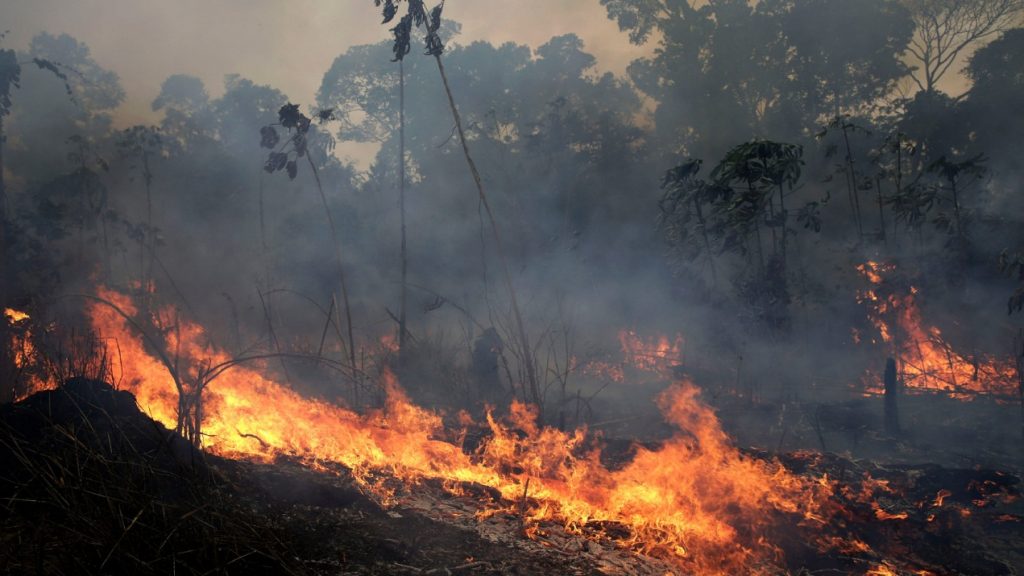
The response to these catastrophes reflect how humanity is connected and how we choose to unite at times of danger. Each fire erupted for a different reason, but resulted in the same sense of bitterness and sorrow across the world. It is comforting to see that people are beginning to believe that home is not a nation, but the entire planet.
Share

